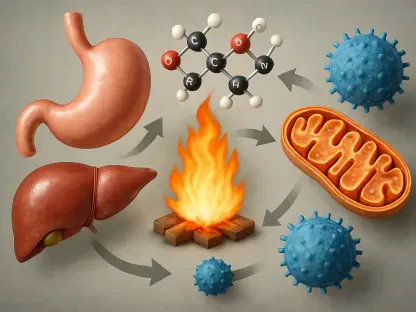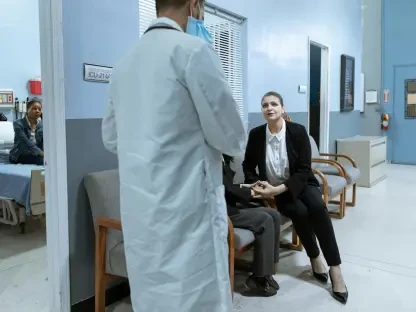With a growing threat posed by the largest measles outbreak since the early ’90s, Indigenous communities face distinctive challenges that require targeted efforts and strategic intervention. The vaccination gap in these communities represents not just a health risk but also a significant barrier to maintaining public health and readiness in responding to disease outbreaks.
Understanding the Impact of the Outbreak
The measles outbreak has been especially impactful on Native American communities, where vaccination rates often lag behind national averages. The threat of infection spreads rapidly in areas where immunization coverage is low, putting vulnerable populations at risk. The consequences of these gaps include potential hospitalizations and severe complications for those affected. Such outcomes demand urgent intervention to fortify immunization efforts and prevent future outbreaks, emphasizing the critical need for decisive action by health authorities.
The Importance of Closing Vaccination Gaps
Addressing vaccination gaps is paramount for safeguarding Native American communities against further outbreaks. Increasing immunization rates not only improves individual health but also enhances community resilience by establishing herd immunity. Furthermore, closing these gaps can lead to significant reductions in healthcare costs associated with treating measles outbreaks, offering both economic and health benefits. By prioritizing vaccine outreach, communities can ensure greater protection and long-term health stability.
Best Practices for Addressing Vaccination Gaps
Enhancing Access to Vaccinations
Tribal health officials can elevate access to vaccinations by deploying mobile vaccine clinics within communities. These initiatives bring healthcare services directly to people, overcoming geographic barriers often faced by Native tribes. Mobile clinics operate as crucial outreach strategies, particularly for remote areas with limited medical facilities. Their effectiveness in boosting vaccination coverage demonstrates the importance of accessible healthcare models that cater directly to community needs.
Mobile Clinics in Action
A noteworthy example is a mobile clinic initiative that successfully increased vaccination rates in rural Native American communities. By positioning clinics within easy reach, this effort significantly improved immunization access for individuals facing transportation challenges. Such case studies underscore the transformative impact of mobile healthcare strategies in overcoming logistical constraints and enhancing vaccination outreach.
Building Trust and Addressing Vaccine Hesitancy
Combatting vaccine hesitancy requires nuanced approaches tailored to the unique cultural contexts of Native American populations. Establishing trust is vital in fostering a supportive environment for vaccine uptake, necessitating the use of culturally relevant communication methods. By addressing skepticism through community-specific engagement, health officials can cultivate trust and improve acceptance of vaccination campaigns.
Utilizing Culturally Relevant Communication
An exemplary initiative involved deploying culturally pertinent communication strategies within Indigenous communities to counteract vaccine skepticism. By framing health messages in familiar and respected cultural narratives, this approach effectively bridged gaps in understanding and fostered community acceptance of immunization programs. Such strategies showcase the importance of respecting cultural sensitivities in public health communication.
Summary and Path Forward
Reflecting on the strategies discussed, addressing vaccination gaps demands an intricate approach that combines accessibility, trust-building, and culturally aligned communication. By adopting these practices, tribal leaders and healthcare providers can enhance immunization efforts, safeguarding their communities against measles outbreaks. Continued collaboration with community members is integral to developing responsive and adaptable solutions that align with Indigenous values. Looking forward, sustained efforts and innovation hold the key to achieving comprehensive immunization coverage in Native American communities.









